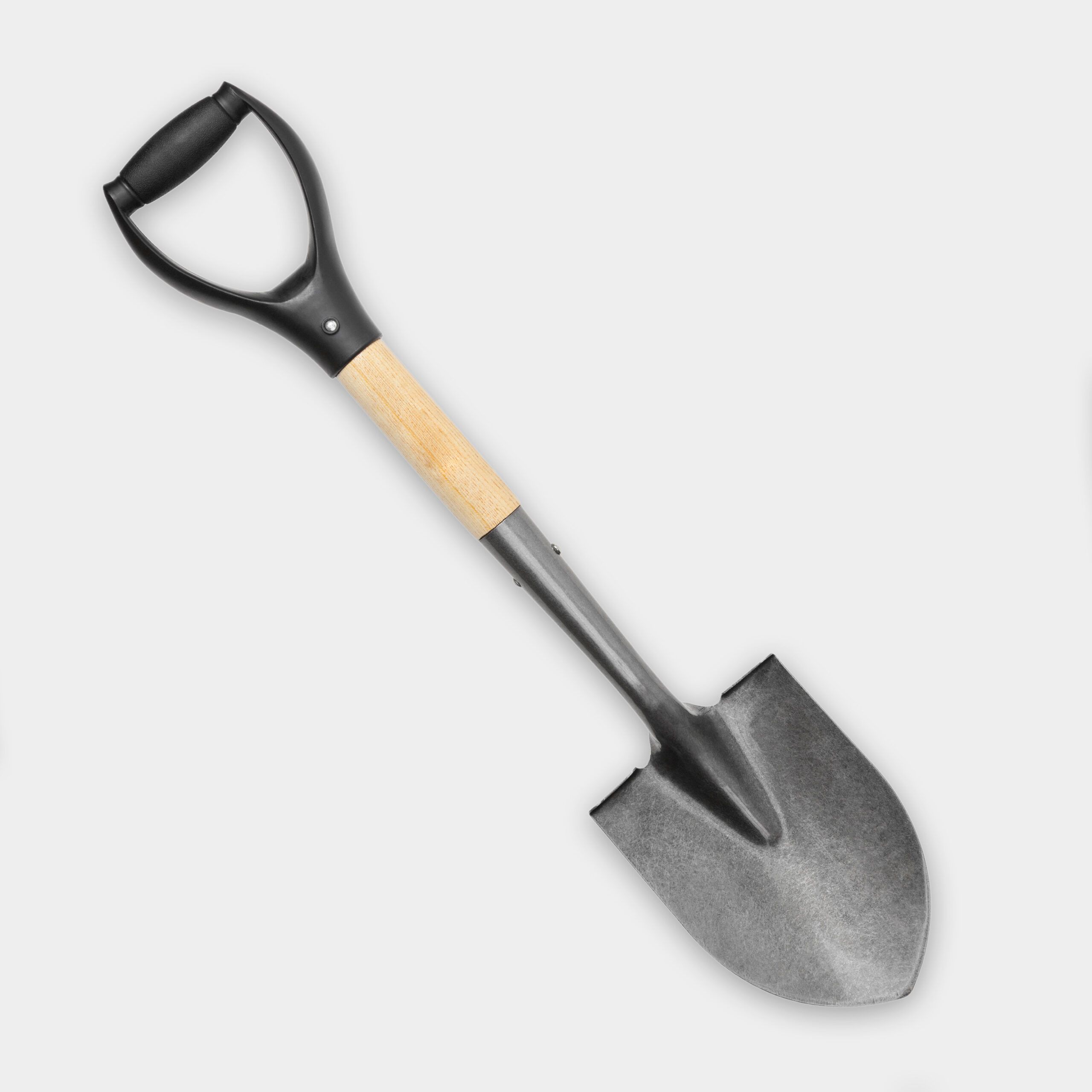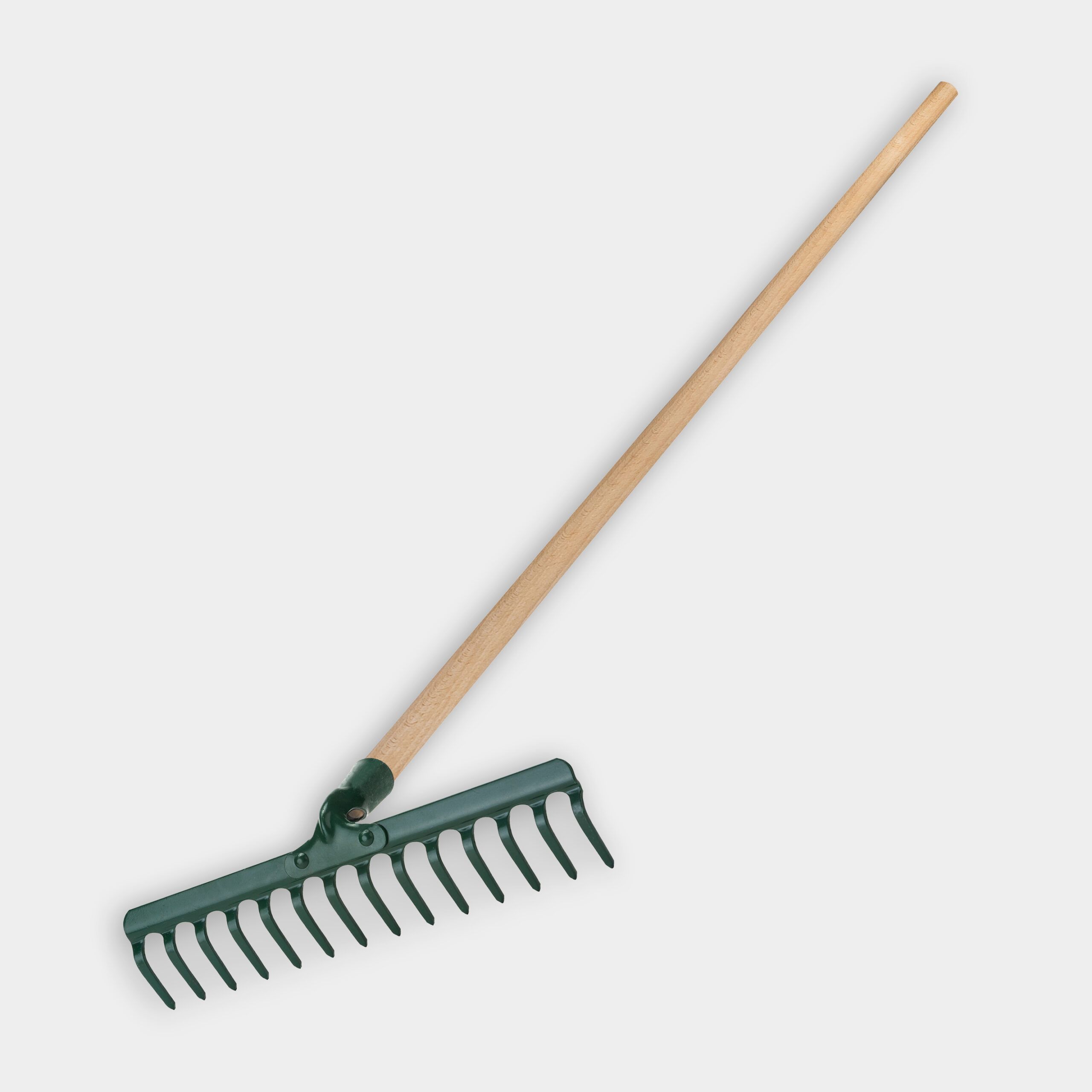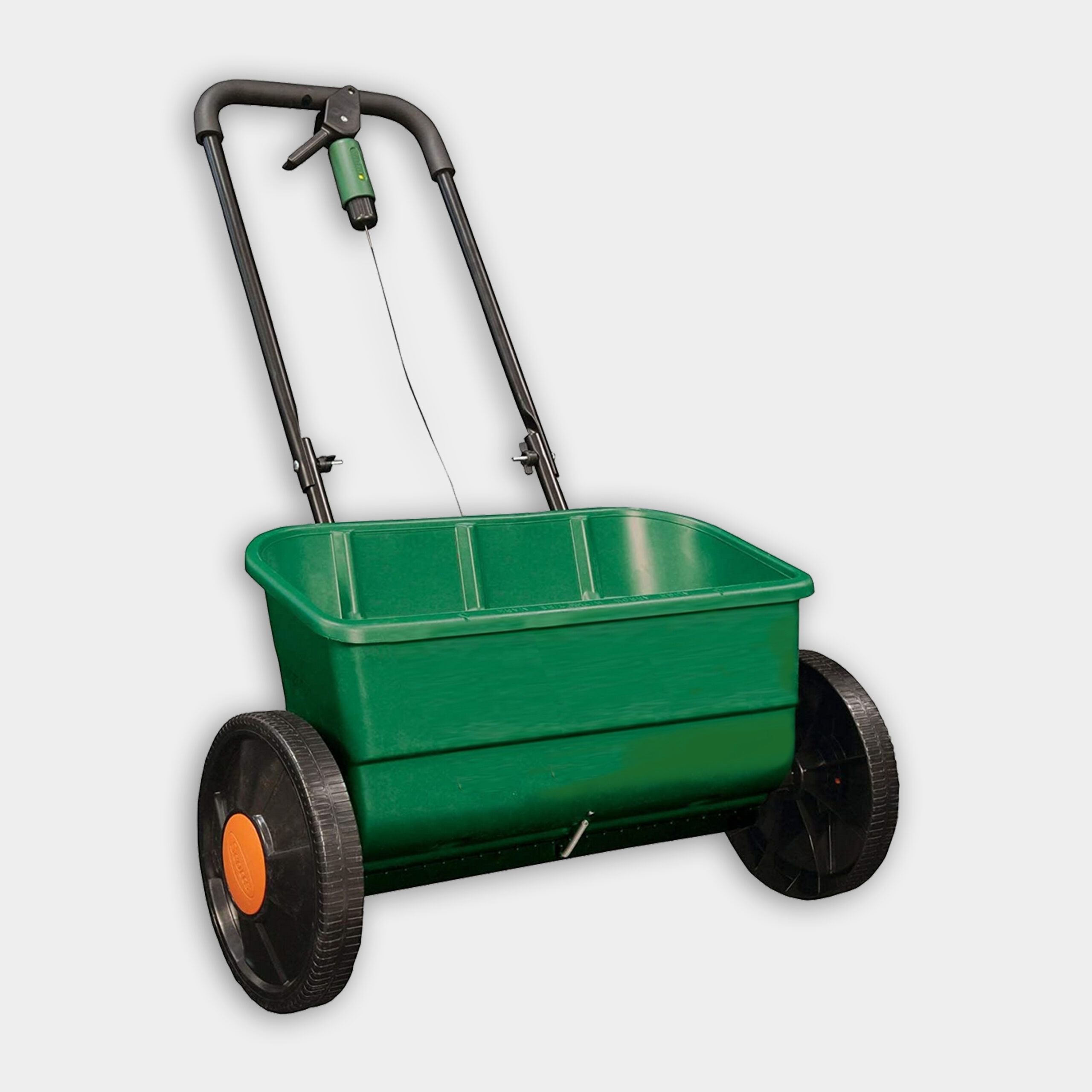We may be compensated if you purchase through links on our website. Our team is committed to delivering honest, objective, and independent reviews on home products and services.
When you’re dealing with patchy grass or weeds, lawn revitalization is key. In this guide, we’ll explore effective techniques for breathing new life into your lawn, drawing on expert advice from This Old House landscape contractor Roger Cook. Continue reading to learn about aeration, composting, fertilization, seeding, and more.
Common Causes of Lawn Deterioration
Several factors can contribute to a lawn’s decline, including soil compaction, poor soil quality, and inadequate nutrients. Improper mowing practices, excessive shade, pest infestations, and issues with either drought or overwatering can also affect your lawn’s health.
Best Time for Lawn Revitalization
Timing is incredibly important when it comes to lawn care. Fall is the ideal season for lawn revitalization in many regions. The cooler temperatures and increased rainfall create optimal grass seed germination and root development conditions. Spring can also be a favorable time for lawn care, but it may require additional steps to combat weeds like crabgrass and broadleaf invaders.
Steps To Revitalize Your Lawn
Follow these steps (in this order) to bring your lawn back to life:
- Aerate the lawn
- Apply compost
- Fertilize
- Overseed
- Water properly
Aerate the Lawn
Aeration is a necessary first step in lawn revitalization. It involves creating small holes in the soil to allow air, water, and nutrients to penetrate the grass roots. Afterward, you’ll want to use a core aerator to remove small plugs of soil from the lawn.
To aerate effectively:
- Rent a core aerator from a home improvement store
- Make passes across the lawn in one direction
- Make additional passes perpendicular to the first set
- Leave the soil plugs on the lawn to decompose naturally
Aeration improves the delivery of essential nutrients and alleviates soil compaction, allowing roots to expand freely and access the nourishment they require.
Apply Compost
Applying a layer of compost after aeration will improve soil quality. Compost adds organic matter and beneficial microorganisms to the soil, promoting healthier grass growth.
To apply compost:
- Spread approximately 1/2 inch of compost over the lawn
- Use the back of a rake to work the compost into the aeration holes
- Confirm even distribution across the entire lawn
Compost is a sustainable way to replenish soil nutrients and foster an environment where grass can thrive. It boosts soil structure and assists in retaining moisture.
Fertilize
Proper fertilization is very important for a healthy lawn. A fertilizer high in phosphorus promotes root growth, particularly in newly seeded areas.
When fertilizing:
- Choose a fertilizer appropriate for your grass type and season
- Use a broadcast spreader for even application
- Follow the manufacturer’s instructions for application rates
- Water the lawn lightly after fertilizing to help nutrients penetrate the soil
Phosphorus invigorates the root system, aiding in grass establishment and resilience. However, over-fertilization can lead to runoff and pollution. Apply responsibly.
Overseed
Overseeding helps fill in bare spots and thicken existing grass. A blend of grass seeds suited to your region and lawn conditions is used.
To overseed effectively:
- Choose a high-quality grass seed mix
- Use a broadcast spreader to apply the seed evenly
- Lightly rake the area to create good seed-to-soil contact
- Consider using a seed with a moisture-retaining coating for better germination
Overseeding enhances density and coverage while encouraging vigorous growth. A diverse seed mix promotes adaptability to varied microenvironments within your yard.
Water Properly
Proper watering is important for seed germination and establishment. The soil must be kept consistently moist but not waterlogged.
Follow these watering guidelines:
- Water lightly once a day to keep the soil moist
- Increase watering frequency during hot, dry periods
- Gradually reduce watering as the grass establishes
- Water deeply and less frequently once you establish the grass to encourage deep-root growth
Watering practices significantly impact grass vitality. Balanced and appropriately timed watering nourishes the grass while minimizing waste.
Maintaining Your Revitalized Lawn
Once your lawn starts to recover, proper maintenance is key to keeping it healthy and vibrant.
Mowing Practices
Proper mowing helps maintain a healthy lawn:
- Mow when the grass reaches about 3 inches in height
- Cut back to 2 inches, removing no more than one-third of the blade length
- Keep mower blades sharp for clean cuts
- Bag clippings for the first few mowings to prevent smothering new seedlings
Consistent mowing keeps lawns tidy and encourages lateral growth. Always adhere to recommended cutting lengths to prevent stress and enhance appearance.
Ongoing Care
To keep your lawn in top condition:
- Continue regular fertilization according to your grass type and climate
- Monitor for pests and diseases
- Address bare spots promptly with spot seeding
- Consider annual aeration and overseeding for optimal health
Caring for your lawn is a year-round commitment. Make seasonal adjustments and diligently observe it to attend to its changing needs.
Dealing with Common Lawn Problems
Even with proper care, lawns can face challenges. Here’s how to address some common issues:
Weed Control
If left unchecked, weeds can quickly overtake a lawn, so combating them requires a combination of preventive and active measures to keep your lawn healthy. Preemergent herbicides in early spring help prevent crabgrass, while post-emergent herbicides target existing weeds.
For an eco-friendly approach, consider incorporating organic weed control methods to manage these pesky intruders. Weeds such as crabgrass and broadleaf types can be particularly invasive. Selective treatment can preserve desirable grass species.
Pest Management
Insects and other pests can cause significant damage to your lawn. Common culprits include grubs, chinch bugs, armyworms, and moles. If not properly managed, these pests can lead to brown patches and weakened grass.
Regular monitoring and timely treatments are key to preventing long-term damage from these pests. Identify the pest and use appropriate control methods, including beneficial nematodes, insecticides, or cultural practices.
Addressing Bare Spots
For persistent bare spots in your lawn, start by loosening the soil surface to create a better environment for new growth. Then, apply a thin layer of compost to enrich the soil before overseeding with an appropriate grass mix. Keep the area consistently moist until the grass fully establishes to provide healthy, even coverage.
Resources:
Roger used a core aerator to add small holes to the lawn. It can be rented at the Home Depot.
Roger then applied compost, which is also available at Home Depot.
Roger applied Turf Builder Starter Food for New Grass, which is a fertilizer high in phosphorous to promote root growth. He then spread Turf Builder Grass Seed Sun and Shade Mix, which is coated to help lock in moisture.
All the other tools for this project, including a broadcast spreader and lawn rake, are available at Home Depot. Click here to shop Home Depot lawn care.
Tools
You may want to rent a power aerator from Home Depot.




